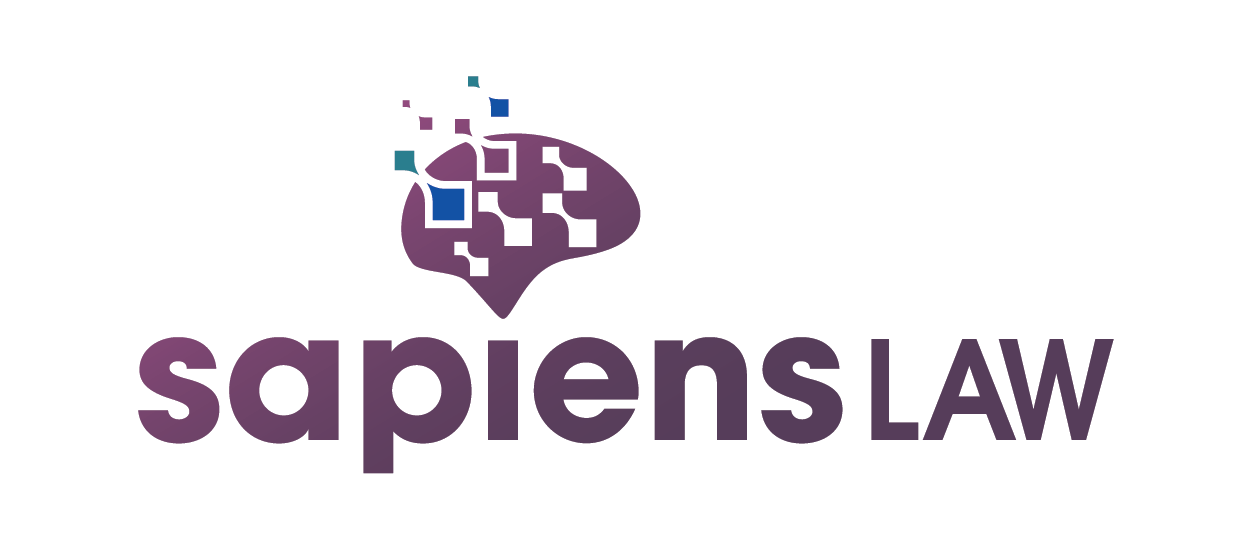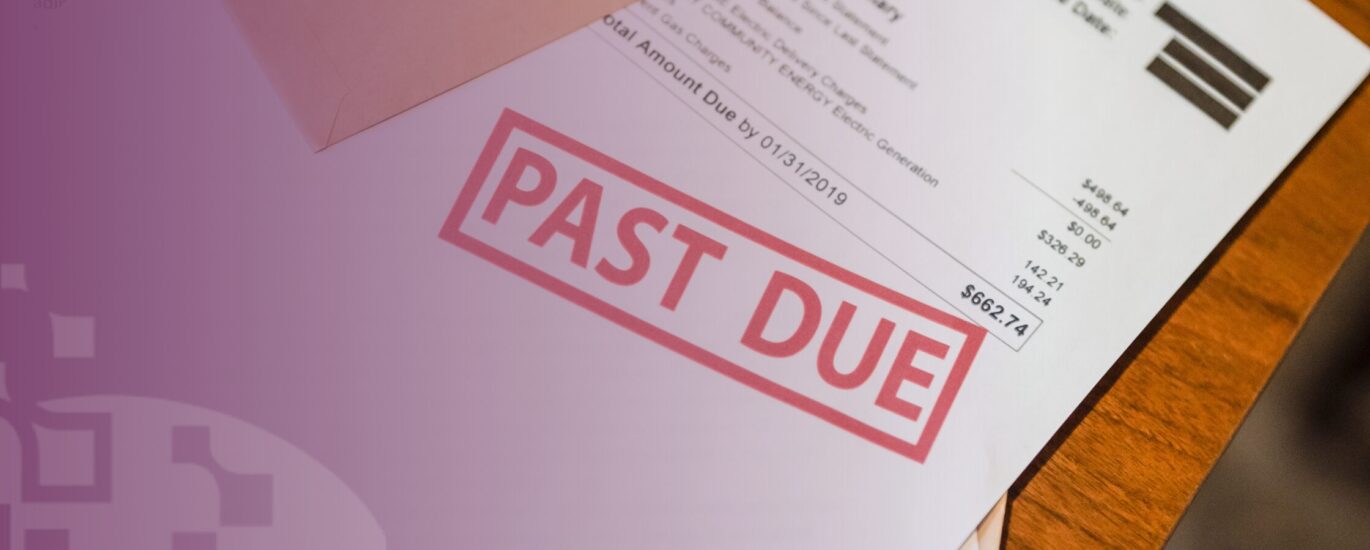Debt has a way of sneaking up. One missed payment turns into two. Interest and late fees pile on. The calls from creditors start coming at all hours. Before you know it, you’re trapped in a cycle that feels impossible to escape. If this sounds familiar, bankruptcy may be the right option—not as a failure, but as a legal, financial reset. It’s not for everyone, and it comes with trade-offs, but for those drowning in debt, it can provide a structured way to either eliminate or reorganize what’s owed.
Chapter 7 Bankruptcy
Chapter 7 is what most people think of when they hear the word “bankruptcy.” It’s designed to wipe out unsecured debts like credit cards and medical bills, giving filers a fresh start in a matter of months. However, it comes with a catch: a court-appointed trustee can sell off some of your assets to pay back creditors. That said, many people keep their homes, cars, and essential belongings thanks to exemptions.
Who Qualifies – Not everyone can file for Chapter 7. You have to pass a means test, which looks at your income compared to your state’s median. If you make too much, you might have to go the Chapter 13 route instead.
Chapter 13 Bankruptcy
If Chapter 7 is the clean slate, Chapter 13 is the structured repayment plan. Instead of erasing debt outright, it lets you reorganize it into a manageable three-to-five-year payment plan. You keep your property, but you must prove you have a steady income to make the payments. After the repayment period, any remaining eligible debts may be discharged.
Who Should Consider It – Chapter 13 is a good option for people who don’t qualify for Chapter 7 or who have assets they want to protect, like a house with significant equity. It also stops foreclosures, giving homeowners a chance to catch up on missed mortgage payments.
Why the U.S. Trustee Wants to See Your Bank Statements
When you file for bankruptcy, you’ll need to hand over bank statements and credit card bills from the last six months. This isn’t just busywork—the U.S. Trustee uses these documents to verify your financial situation.
Here’s what they’re looking for:
- Income and expenses – Are you accurately reporting your earnings and spending?
- Large purchases or transfers – Any suspicious financial moves right before filing?
- Preferential payments – Did you pay off one creditor while ignoring others?
For Chapter 7, these records help determine if you pass the means test. For Chapter 13, they help shape your repayment plan. Either way, full transparency is mandatory—hiding assets or fudging numbers can get your case dismissed or worse.
What Happens After You File?
The Automatic Stay Kicks In – Once you file for bankruptcy, creditors have to stop collection efforts. No more harassing phone calls, wage garnishments, or foreclosure proceedings—at least temporarily. This gives you breathing room while the court reviews your case.
Your Credit Takes a Hit (But Not Forever) – Bankruptcy doesn’t disappear overnight. A Chapter 7 filing sticks on your credit report for 10 years, while Chapter 13 stays for 7 years. That said, many people see improvements within a few years by practicing responsible financial habits, like paying bills on time and keeping debt low.
Final Thoughts
Filing for bankruptcy is a serious decision, but for many, it’s the best path forward. If you’re considering it, make sure you understand the trade-offs, eligibility requirements, and documentation needed. And if you want to make the process as smooth as possible, getting legal guidance is a smart move.At Sapiens Law, we’ve helped countless individuals and businesses tackle financial challenges with innovative, strategic solutions. If bankruptcy is on your radar, we’re here to help. Reach out today to discuss your options.






